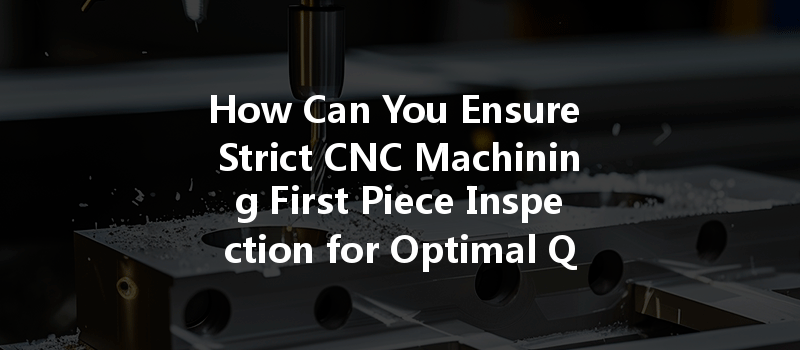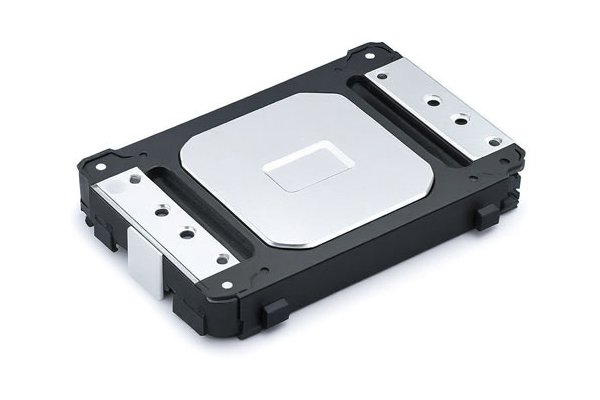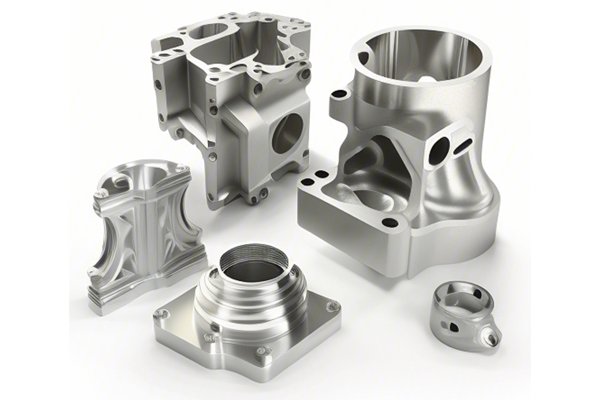*
In the realm of precision manufacturing, the seamless intersection of art and science propels industries toward unprecedented levels of quality and efficiency. At the heart of this intersection lies CNC (Computer Numerical Control) machining—a process that has revolutionized how we bring intricate designs to life. However, as we tread deeper into this world, one pressing question beckons: How can we ensure strict CNC machining first piece inspection for optimal quality control?
At YL Machining, we understand that the pursuit of excellence doesn’t simply begin with the final product; it commences long before the first piece has even been rendered. In this comprehensive exploration, we will dissect the importance of first piece inspection, the methodologies that underpin effective quality control, and the role that technology plays in enhancing these processes. By the time you finish reading, you’ll not only grasp the significance of this essential practice but also find actionable insight to implement in your own operations.
Before we delve into the intricacies of first piece inspection, it is crucial to comprehend the broader context in which CNC machining operates. CNC machines function as the modern-day sculptors of metal and plastic—carving products with precision down to the micrometers. This advanced process has transformed industries including aerospace, automotive, medical, and consumer products, fostering complex designs that were once deemed impossible.
Key Advantages of CNC Machining:
First piece inspection stands as the sentinel guarding the gates of production quality. It is the first tangible testament that the CNC machining processes are aligned with the design specifications before mass production commences. Essentially, it is an initial quality assessment that serves several critical purposes:
As we transition into the methodologies and best practices that underpin an effective first piece inspection process, let us emphasize that knowledge is power. At YL Machining, we uphold the following practices to ensure a meticulous and thorough inspection.
3.1 Development of an Inspection Plan
An effective first piece inspection begins with a strategic plan. This blueprint should encompass:
3.2 Implementing In-Process Inspection
To bolster the effectiveness of first piece inspection, incorporate in-process inspections during the machining. Monitor critical stages and catch deviations in real-time. This proactive approach can save time and resources.
3.3 Utilizing Advanced Measurement Technologies
In the quest for precision, invest in advanced measurement technologies such as:

3.4 Employee Training and Empowerment
A committed workforce is paramount to the success of first piece inspections. Ensuring that employees are trained in both quality control principles and the use of measurement equipment promotes engagement and accountability.
While the quest for quality assurance is noble, it is not devoid of challenges. The following provides insight into common obstacles encountered during inspections and how to overcome them:
In the age of Industry 4.0, technology has redefined CNC machining and quality assurance methodologies. Not only does it enhance the accuracy of first piece inspections, but it also opens avenues for continuous improvement.
5.1 The Internet of Things (IoT)
Incorporating IoT sensors in CNC machines allows for real-time monitoring, enabling engineers to make instant adjustments based on live data feeds. This leads to proactive maintenance and improved reliability.
5.2 Big Data Analytics
Analyzing vast amounts of data generated during the machining process allows organizations to identify patterns and insights that can be leveraged for refining inspection protocols and enhancing overall efficiency.
5.3 Artificial Intelligence and Machine Learning
AI can aid in predicting potential failures and suggesting corrective actions. Implementing machine learning algorithms ensures that future inspections are more informed and precise, thereby fostering continuous quality improvements.
While first piece inspection is a significant uplift for quality, it is part of a larger puzzle. A successful machining operation also requires:
As we gaze into the future horizons of CNC machining, the advancement of technologies will play a pivotal role in shaping the landscape of quality inspections. The integration of augmented reality and virtual reality in training and inspections could translate into an immersive experience that fine-tunes accuracy in ways previously imagined only in science fiction.
Moreover, as the market demands more customization, the methodologies for first piece inspection will become increasingly sophisticated, utilizing high-speed inspection technologies and adaptive programming to address bespoke needs more efficiently.
*
In conclusion, ensuring the strictness of CNC machining first piece inspection is more than a procedural requirement; it is the linchpin of quality assurance that paves the way for excellence in manufacturing. By adopting structured inspection protocols, harnessing advanced technologies, and fostering a culture dedicated to quality, organizations including YL Machining can elevate their operational standards and retain their competitive edge.
As you embark on your journey through the world of CNC machining, remember that the first piece inspection is not merely a checkpoint; it’s the gateway to delivering quality products that adhere to your vision and fulfill your customers’ expectations. Embrace it, and watch as your endeavors flourish with precision, efficiency, and unwavering trust in the quality you bring to the market.






